Cello Chair
The Cello Chair stands as a pinnacle of modern furniture design, blending aesthetic elegance with ergonomic comfort and cultural resonance. Crafted with meticulous craftsmanship and a keen sense of design innovation, this chair embodies the evolution of seating solutions in contemporary interiors. This comprehensive analysis delves into the intricate details of the Cello Chair, exploring its design philosophy, construction techniques, material choices, ergonomic features, cultural impact, and implications for the future of furniture design.
Design Philosophy and Inspiration
The genesis of the Cello Chair is rooted in a deep appreciation for the fluid lines and structural integrity found in musical instruments, particularly the cello. The design philosophy revolves around harmonizing organic forms with contemporary aesthetics, creating a chair that not only serves as a functional seating solution but also as a work of art in its own right. Inspired by the graceful curves and ergonomic principles inherent in musical instruments, the chair aims to evoke a sense of visual harmony and tactile comfort.
From its conceptualization to realization, the design process of the Cello Chair involves rigorous exploration of materials, forms, and ergonomic considerations. Designers draw inspiration from nature’s organic shapes and the interplay of light and shadow, translating these elements into a chair that enhances the ambiance of any space while offering superior comfort and support.
Construction Techniques and Material Selection
Central to the structural integrity and aesthetic allure of the Cello Chair are advanced construction techniques and carefully selected materials. The chair’s frame is typically crafted from premium metals such as aluminium or stainless steel, chosen for their strength, durability, and ability to support intricate design details. These materials not only provide robustness but also allow for lightweight construction, facilitating ease of movement and assembly.
Complementing the metal frame are high-quality upholstery options, including luxurious fabrics, supple leathers, and eco-friendly textiles. The choice of upholstery is guided by considerations of comfort, visual appeal, and sustainability, offering a range of colors, textures, and patterns to suit diverse interior preferences. Advanced textile technologies and artisanal craftsmanship are employed to achieve seamless upholstery transitions and intricate detailing, enhancing both visual sophistication and tactile indulgence.
Ergonomic Excellence and Comfort
Ergonomics form a cornerstone of the Cello Chair’s design ethos, prioritizing user well-being and comfort through intuitive features and ergonomic adjustments. The chair’s seat and backrest are meticulously contoured to provide optimal lumbar support and promote a healthy sitting posture, thereby reducing strain and enhancing overall comfort during extended use. Adjustable armrests and swivel capabilities further empower users to customize their seating experience according to individual preferences and ergonomic requirements.
Beyond its functional attributes, the Cello Chair integrates ergonomic principles seamlessly into its design aesthetic, creating a harmonious balance between form and function. The ergonomic design not only enhances usability but also fosters a sense of relaxation and productivity, making it an ideal choice for both residential and commercial environments where comfort and style converge seamlessly.
Aesthetic Appeal and Design Versatility
The aesthetic appeal of the Cello Chair lies in its ability to serve as a sculptural centerpiece that enhances the visual ambiance of any setting. Its sleek silhouette, clean lines, and sophisticated finishes resonate with modern sensibilities, while its versatility allows it to complement various interior styles and architectural contexts. Whether featured in contemporary residences, corporate offices, or upscale hospitality venues, the chair exudes timeless elegance and refined craftsmanship, offering a luxurious seating experience that transcends fleeting design trends.
Design versatility is further underscored by the chair’s customizable features and finish options, enabling designers and consumers to tailor the chair to specific aesthetic preferences and spatial requirements. From matte to polished finishes, monochromatic to vibrant upholstery choices, the Cello Chair offers endless possibilities for personalization without compromising its core design principles of elegance and functionality.
Cultural Significance and Impact
Beyond its utilitarian role, the Cello Chair holds broader cultural significance within the realm of contemporary design, symbolizing innovation, craftsmanship, and aesthetic refinement. As a testament to the transformative power of design, the chair inspires admiration and stimulates dialogue on the evolving role of furniture as a form of artistic expression and cultural identity. Its presence in design exhibitions, architectural publications, and interior showcases underscores its status as an emblem of modernity and sophistication.
Moreover, the Cello Chair serves as a catalyst for exploring the intersection of tradition and innovation in furniture design, inviting appreciation for the craftsmanship and attention to detail inherent in well-crafted objects. By bridging the gap between heritage craftsmanship and contemporary aesthetics, the chair fosters a deeper connection with materials, processes, and cultural narratives, resonating with discerning consumers and design aficionados alike.
Sustainability and Environmental Considerations
In an era marked by heightened environmental awareness, the Cello Chair embraces principles of sustainability and responsible manufacturing practices. Designers and manufacturers prioritize the use of eco-friendly materials, energy-efficient production techniques, and recyclable components to minimize environmental impact throughout the chair’s lifecycle. By promoting longevity and durability, the chair embodies a commitment to sustainability while offering consumers a conscientious choice in furniture design.
Looking ahead, the Cello Chair sets a precedent for future innovations in furniture design, inspiring designers to explore new frontiers in materiality, functionality, and user-centric design. Its legacy as a symbol of craftsmanship and creativity continues to resonate with design enthusiasts and industry professionals, shaping the trajectory of furniture design trends and consumer expectations.
Future Implications and Design Innovation
As technology advances and design preferences evolve, the Cello Chair serves as a testament to the enduring appeal of well-crafted furniture that blends artistry with functionality. Its innovative approach to materials, construction techniques, and ergonomic design paves the way for future advancements in seating solutions. Designers are increasingly exploring new materials, sustainable practices, and digital fabrication technologies to push the boundaries of furniture design, ensuring that the Cello Chair remains a timeless icon in the ever-changing landscape of interior design.
Conclusion
In conclusion, the Cello Chair stands as a symbol of elegance, craftsmanship, and cultural significance in contemporary furniture design. From its inception and design philosophy to its construction techniques, ergonomic considerations, aesthetic appeal, and broader societal impact, every aspect of the chair reflects a dedication to excellence and innovation.
As a versatile seating solution that embodies the intersection of art and function, the Cello Chair transcends its utilitarian role to become a timeless piece that enriches the human experience. Its ability to seamlessly integrate into diverse architectural settings and evoke emotional responses underscores its enduring legacy as a symbol of sophistication and artistic refinement. By celebrating the beauty of well-crafted design and embracing sustainable practices, the chair invites us to envision a future where creativity, craftsmanship, and environmental stewardship converge to create meaningful and impactful living environments.

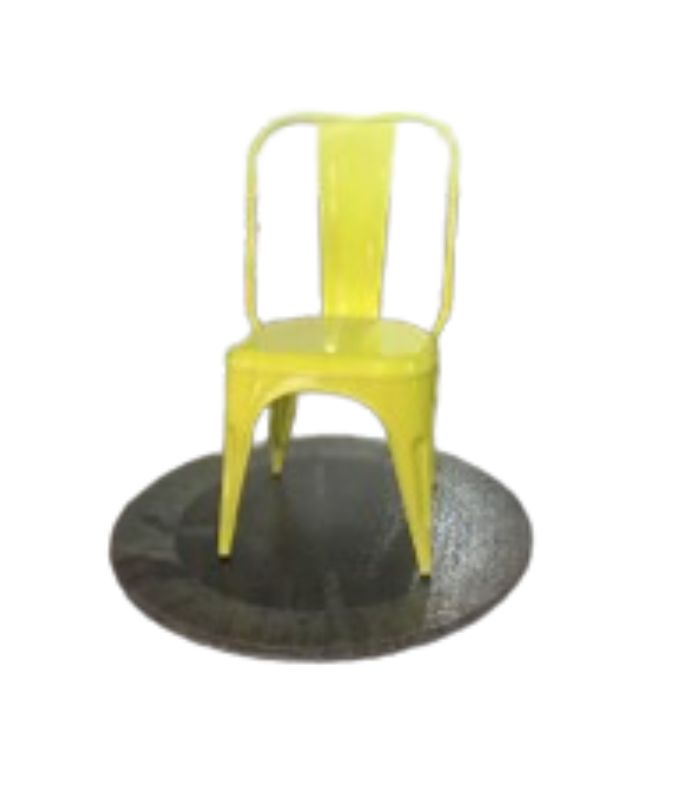
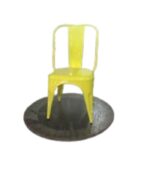
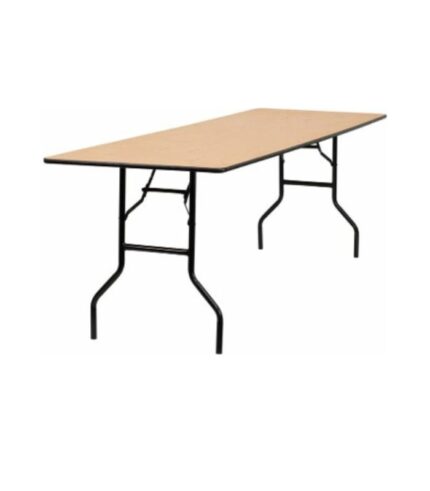
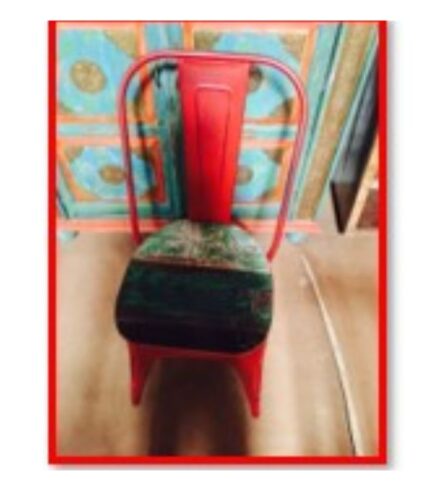


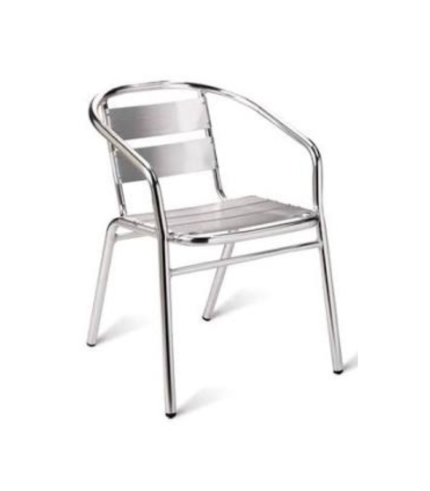
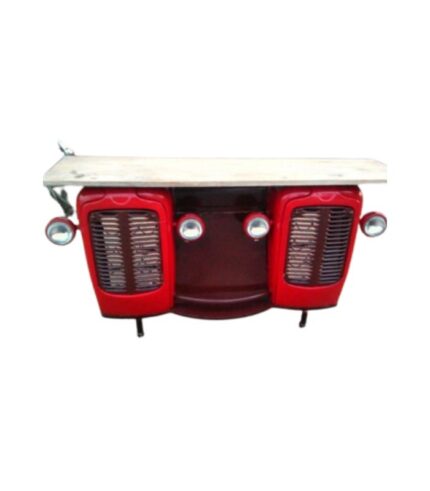
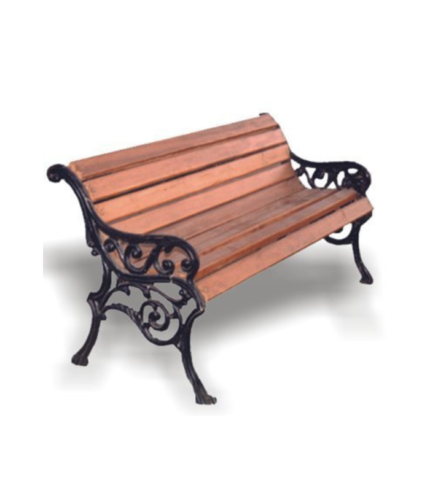
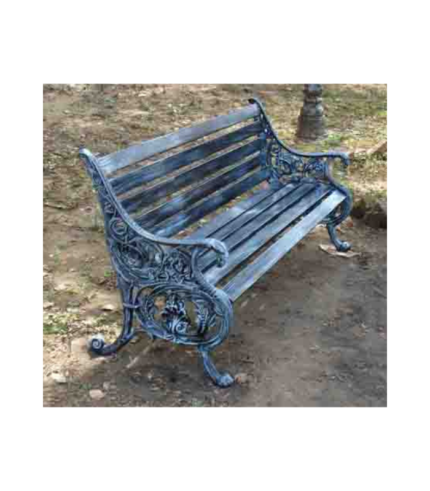
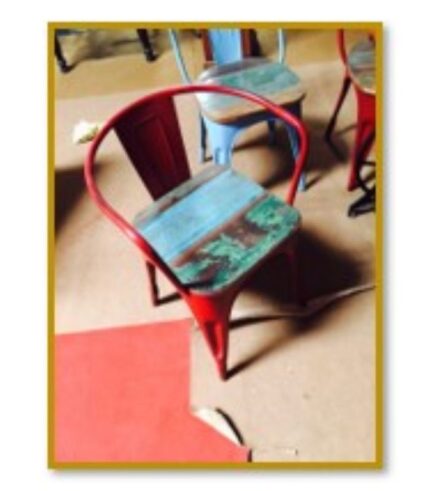
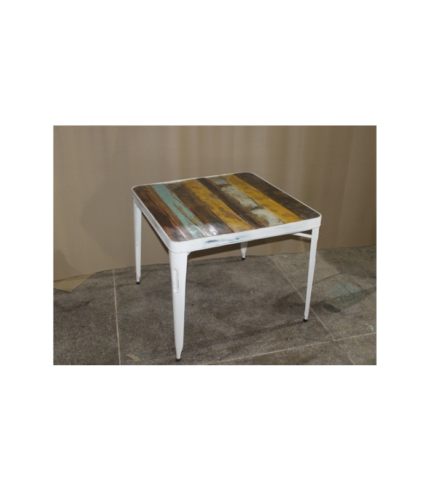

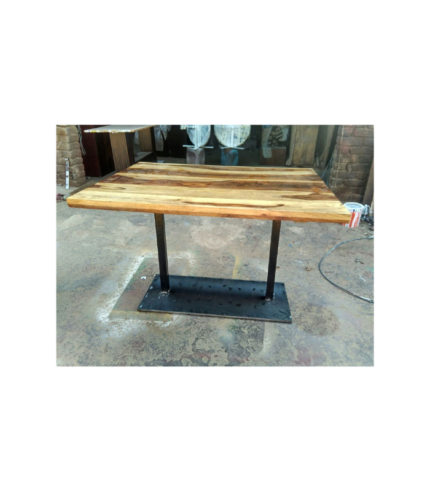









Reviews
There are no reviews yet.